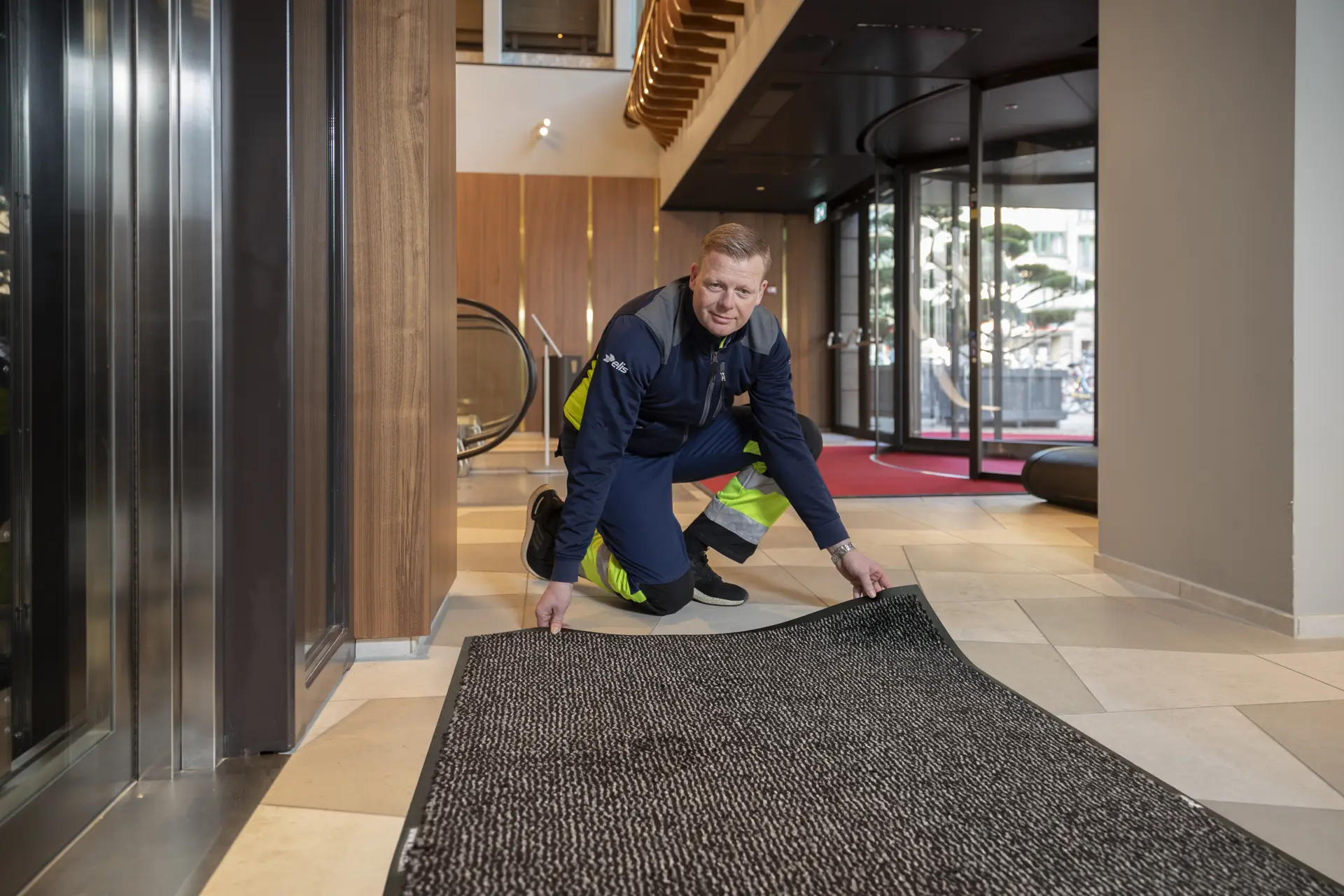Rental maintenance solutions fit for your business
By prioritising rental over purchase; eco design, using and reusing products, repairing, and end-of-life recycling, Elis is committing to a more sustainable future for everyone.
Elis provides a rental maintenance service for linens, workwear, mats, washroom facilities and pest control for businesses across the island of Ireland. We support hotels, retail outlets, restaurants, healthcare providers, factories and light and heavy industry – something that has made us a circular pioneer for 70 years.
As business models move to circular principles where existing resources are used to the maximum and renewable resources are in the majority. Elis, which is Ireland’s leading full-service supplier of circular textile and hygiene solutions, has the ambition to drive the industry in the circular transition.













